El castillo circular / The circular castle.
En las afueras de Palma, en la isla de Mallorca, hay un castillo muy especial. Lo construyó Jaime II de Mallorca a principios del siglo XIV. Es el castillo de Bellver.
Se encuentra sobre la bahía de Palma, a 112 metros de altitud, en una zona bocosa.
Desde esta atalaya, la vista es magnífica. Desde lo alto del monte pudimos contemplar toda la ciudad de Palma y su puerto donde estaban dos cruceros enormes atracados y otro entrando. Al fondo, enmarcando la ciudad, está la sierra de Tramuntaba con el pico mas alto de la isla, el
Llucmajor.
Este castillo tiene una particularidad. Es uno de los pocos castillos europeos que tiene una planta circular, pero además, y es el más antiguo de todos ellos.
Dentro del castillo está el “Museo de Historia de la Ciudad de Palma” donde pude hacer unas bonitas fotografías de unas esculturas romanas. En otra publicación os las muestro.
Las islas Baleares son un archipiélago que se encuentra en el mar Mediterráneo frente a las costas del levante de la península ibérica.
Los antiguos habitantes de las islas Baleares eran expertos lanzadores con la honda. De hecho, la palabra Baleares significa “maestro del lanzamiento”. Esta costumbre de lanzar piedras con la honda se ha mantenido incluso hasta la actualidad.
Algunos expertos afirman que los primeros pueblos llegaron a las Islas Baleares en el quinto milenio a. C.
Los pueblos primitivos y aislados constituyeron la cultura Talayótica. Mas tardes, griegos, fenicios, cartagineses pasaron por la isla hasta que, finalmente, fueron conquistados por el imperio romano. Por eso, hay muchos restos arqueológicos romanos en la isla y algunos de ellos están expuestos en el museo del castillo.
En el patio y las galerías hay expuestas una serie de esculturas magníficas y de gran calidad que pudimos admirar. Estas estatuas me proporcionaron la oportunidad de hacer muchas fotografías.
Siempre me quedo admirado de la calidad que consiguieron las civilizaciones clásicas en el arte escultórico. Ahora admiramos como un genio excepcional a Miguel Angel y sin embargo hay esculturas romanas y griegas que tiene una calidad inigualable y probablemente se realizaron con un instrumental peor.
Tras los romanos llegaron los vándalos y tras ellos el imperio bizantino. En el año 707 arribaron los primeros musulmanes que dominaron la isla a partir del año 903.
La reconquista tuvo lugar el año 1229. Ese año un ejército de la Corona de Aragón al mando de Jaime I el Conquistador recuperó la isla para los pueblos cristianos. A su muerte en 1276, accedió al trono su hijo Jaime II que encargó la construcción del Castillo de Bellver.
De la construcción del castillo se encargó el arquitecto Pere Salvà y lo hizo entre los años 1300 y 1311.
El castillo de Bellver fue lugar de residencia de diversos reyes. En él habitó su constructor Jaime II, su hijo Sancho y su nieto Jaime III que fueron reyes de Mallorca.
A final del siglo XIV, lo habitó el rey Juan I de Aragón porque llegó huyendo de la peste que se había extendido por todo el continente europeo.
Cuando llegamos a la entrada, me llamó la atención el profundo foso defensivo. Sin duda sería muy difícil conquistar este castillo. En caso de necesidad y ante un asedio, dicen que hay túneles subterráneos que permiten fugarse de él.
Porque la fortaleza sufrió diversos asedios. El primero fue el año 1343, en la guerra que llevó acabo Pedro el Ceremonioso para reincorporar el reino de Mallorca a la Corona de Aragón.
Son muchos los avatares de la historia que han tenido lugar en torno a este castillo. En él han sido encarcelados diversos prisioneros. El mas famoso fue Jovellanos. Otros dejaron inscripciones de su estancia como prisioneros.
Seguimos nuestro recorrido y fuimos ascendiendo hasta llegar a una terraza circular. Son impresionantes las vistas que hay desde lo alto. Desde arriba, destaca claramente la Catedral de Mallorca que es imponente por su altura y el gran rosetón de su fachada.
Desde la terraza superior hay una delgada pasarela para llegar a la torre del homenaje, último reducto de resistencia en caso de asalto al castillo. Refugiados en ella, podía ser casi imposible la conquista. Además dicen que hay pasadizos secretos y ocultos para escapar desde la torre.
En la parte de arriba, en los muros de piedra caliza, hay unos antiguos “graffitis” labrados en la piedra. Imagino que los debieron hacer algunos soldados de guardia aburridos y también quedó constancia de un alférez prisionero.
Lo mas interesante y destacado del castillo de Bellver es su forma circular que le hace ser algo único en España.
El patio interior también es circular. Manteniendo la armonía, las tres torres y la del homenaje son también circulares.
La torre del homenaje está separada del resto del edificio y solo se puede acceder a ella por una estrecha pasarela que hay en la terraza superior.
Alrededor del pario central circular hay dos plantas con columnas y arcos puntiagudos de estilo gótico. El patio central circular me recordó, nada mas entrar, al Palacio de Carlos V en la Alhambra de Granada.
Hasta aquí, nuestra visita del Castillo de Bellver, en Mallorca. Pronto os mostraré las esculturas romanas que se encuentran en el museo. Si tenéis un poco de paciencia, nos vemos pronto.
The circular castle
On the outskirts of Palma on the island of Mallorca there is a very special castle. It was built by Jaime II of Mallorca in the early fourteenth century. It is Bellver Castle
It is located on the bay of Palma, 112 meters above sea level, in a mouth area.
From this watchtower, the view is magnificent. From the top of the mountain we could see the entire city of Palma and its port where there were two huge cruise ships docked and another entering. In the background, framing the city, is the Tramuntaba mountain range with the highest peak on the island, Llucmajor.
This castle has a particularity. It is one of the few European castles that has a circular plan, but also, and is the oldest of them all.
Inside the castle is the "Museum of History of the City of Palma" where I could make beautiful photographs of Roman sculptures. In another publication I show you.
The Balearic Islands are an archipelago that is located in the Mediterranean Sea off the coast of the Iberian Peninsula.
The ancient inhabitants of the Balearic Islands were expert pitchers with the sling. In fact, the word Balearic means "master of the launch." This custom of throwing stones with the sling has been maintained even until today.
Some experts claim that the first villages arrived in the Balearic Islands in the fifth millennium BC. C.
Primitive and isolated peoples constituted the Talayotic culture. Later, Greeks, Phoenicians, Carthaginians passed through the island until, finally, they were conquered by the Roman Empire. Therefore, there are many Roman archaeological remains on the island and some of them are exposed in the castle museum.
In the courtyard and the galleries there are exposed a series of magnificent and high quality sculptures that we could admire. These statues provided me with the opportunity to take many photographs.
I am always amazed at the quality achieved by classical civilizations in sculptural art. Now we admire Miguel Angel as an exceptional genius and yet there are Roman and Greek sculptures that have an unmatched quality and are probably made with a worse instrument.
Vandals came after the Romans and after them the Byzantine Empire. In the year 707 the first Muslims who dominated the island from the year 903 arrived.
The reconquest took place in 1229. That year an army of the Crown of Aragon under the command of Jaime I the Conqueror recovered the island for the Christian peoples. Upon his death in 1276, his son Jaime II, who commissioned the construction of Bellver Castle, acceded to the throne.
The architect Pere Salvà was in charge of the construction of the castle and did so between 1300 and 1311.
Bellver Castle was the place of residence of various kings. In it lived its builder Jaime II, his son Sancho and his grandson Jaime III who were kings of Mallorca.
At the end of the fourteenth century, it was inhabited by King Juan I of Aragon because he fled from the plague that had spread throughout the European continent.
When we reached the entrance, the deep defensive pit caught my attention. It would certainly be very difficult to conquer this castle. In case of necessity and before a siege, they say that there are underground tunnels that allow them to escape from it.
Because the fortress suffered several sieges. The first was the year 1343, in the war that took place the Ceremonious Peter to reincorporate the kingdom of Mallorca to the Crown of Aragon.
There are many avatars of history that have taken place around this castle. Several prisoners have been imprisoned in it. The most famous was Jovellanos. Others left inscriptions of their stay as prisoners.
We continue our journey and we went ascending until we reached a circular terrace. The views from above are impressive. From above, the Cathedral of Mallorca stands out clearly, which is impressive due to its height and the large rose window of its facade.
From the upper terrace there is a thin walkway to reach the tribute tower, the last stronghold of resistance in case of assault on the castle. Refugees in it, it could be almost impossible to conquer. They also say that there are secret and hidden passages to escape from the tower.
At the top, on the limestone walls, there are some old "graffiti" carved into the stone. I imagine that some bored guard soldiers had to make them and there was also a prisoner ensign.
The most interesting and prominent of Bellver Castle is its circular shape that makes it something unique in Spain.
The inner courtyard is also circular. Maintaining harmony, the three towers and the tribute tower are also circular.
The tribute tower is separated from the rest of the building and can only be accessed by a narrow walkway on the upper terrace.
Around the circular central pario there are two floors with columns and pointed arches of Gothic style. The circular central courtyard reminded me, as soon as I entered, to the Palace of Carlos V in the Alhambra in Granada.
So far our visit of Bellver Castle, in Mallorca. Soon I will show you the Roman sculptures found in the museum. If you have a little patience, see you soon.
Bibliografía/Reference:
Cómo lo hago
Hice las fotografías con mi iPhone X. Para la edición utilicé la aplicación Snapseed y para la firma digital usé la App Watermark.
Los dibujos los hice en el iPad con el programa Sketches.
For the photography I use my iPhone X. For edition I use the Snapseed application and for the digital signature the Watermark app.
Everything I did on my mobile phone, I did not use the computer at all.
For the drawings, I use the Sketches program and paint them on the tablet.
Si quieres ver como lo hago, visualiza estos tres enlaces de publicaciones previas.
If you want to see how I do it, visualize these three links from previous publications.
Las fotos son mías y originales. También, soy el autor del dibujo separador.
¡Espero tus comentarios!
The photos are originals and mine. Also, I am the author of the separator drawing.
I await your comments.
Buen Camino!
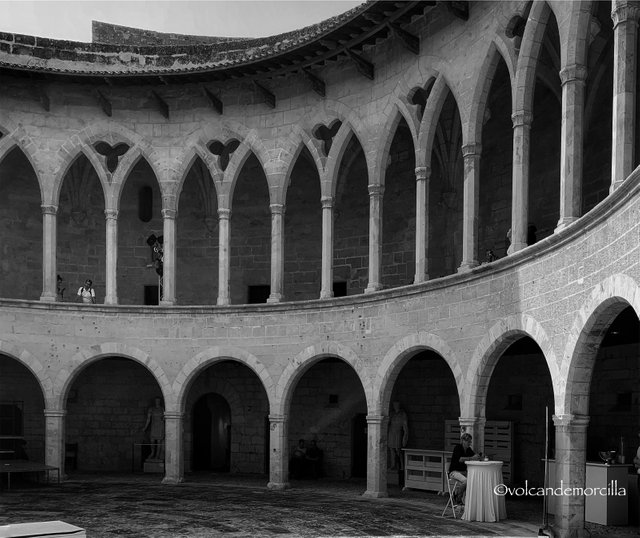
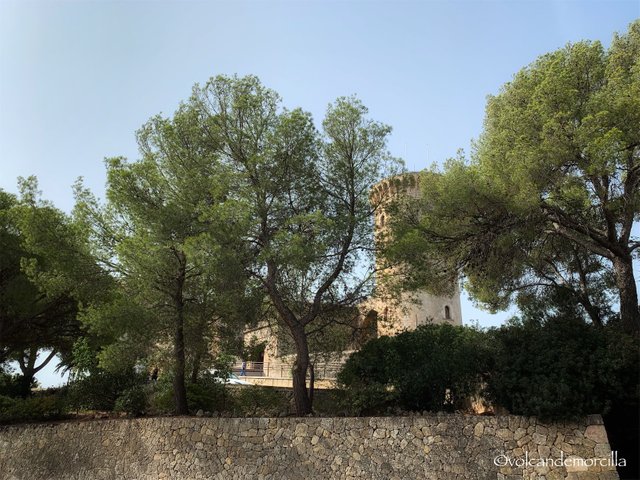
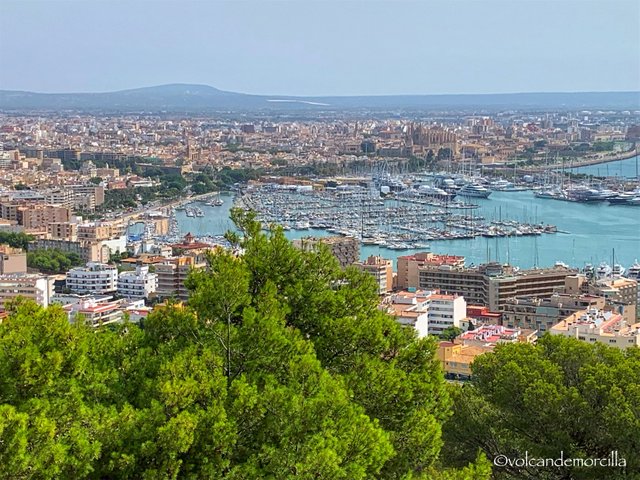
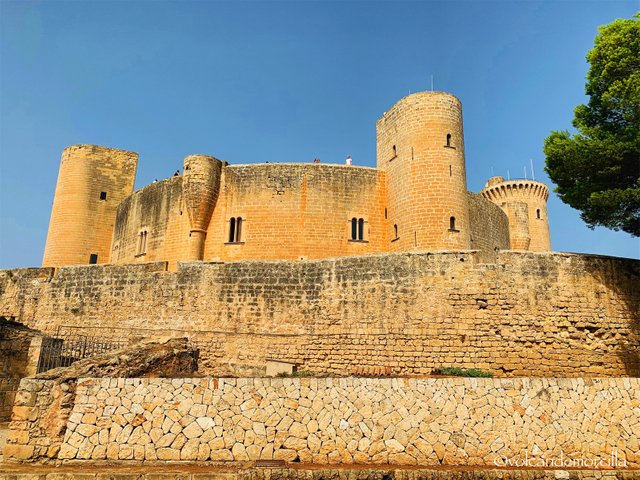
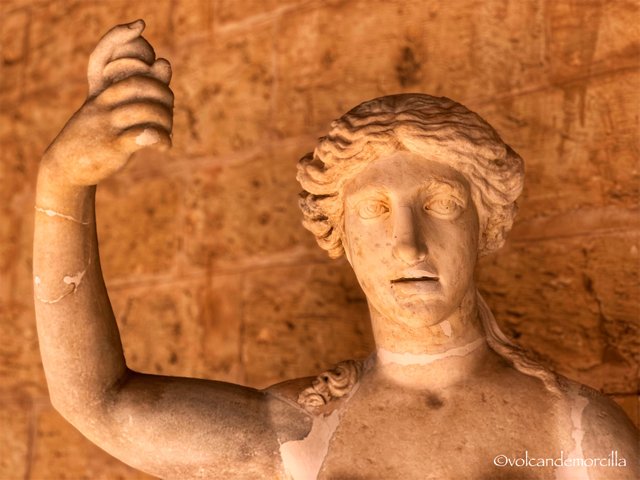

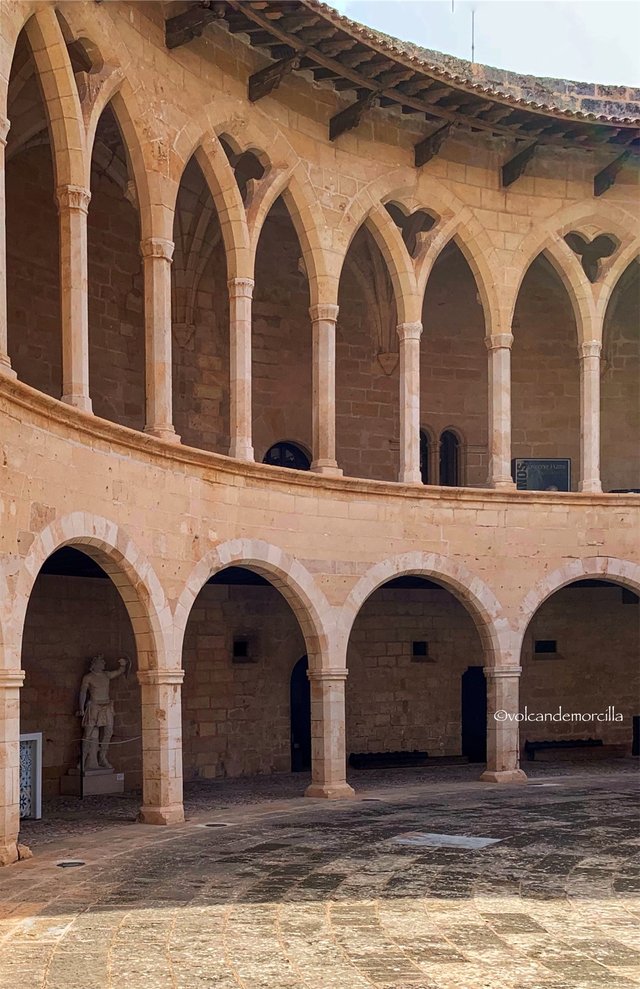
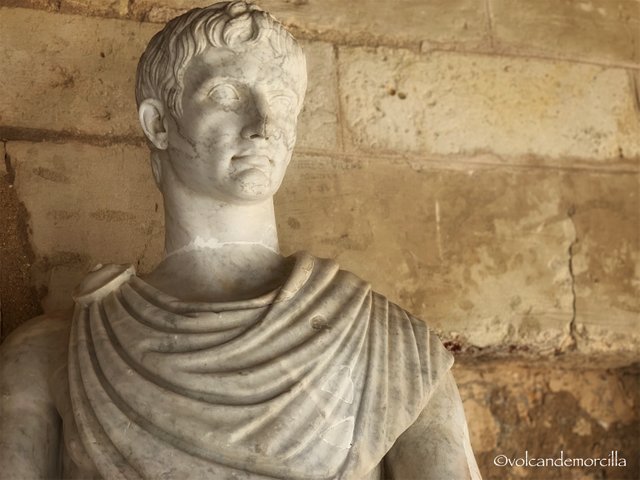

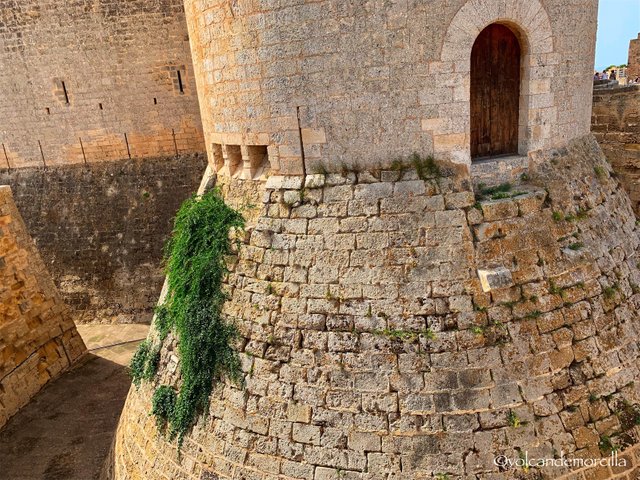
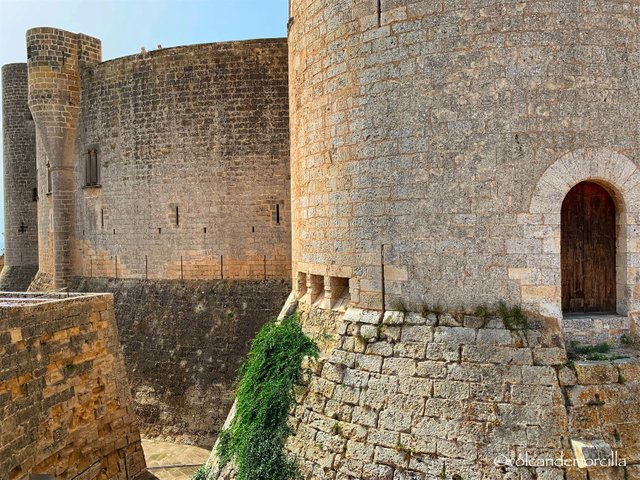
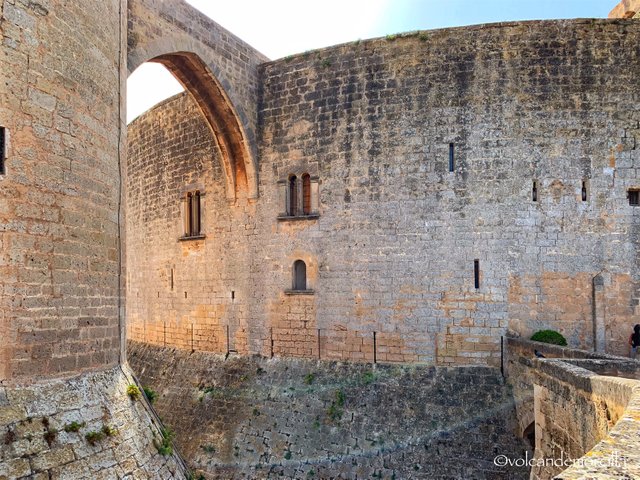
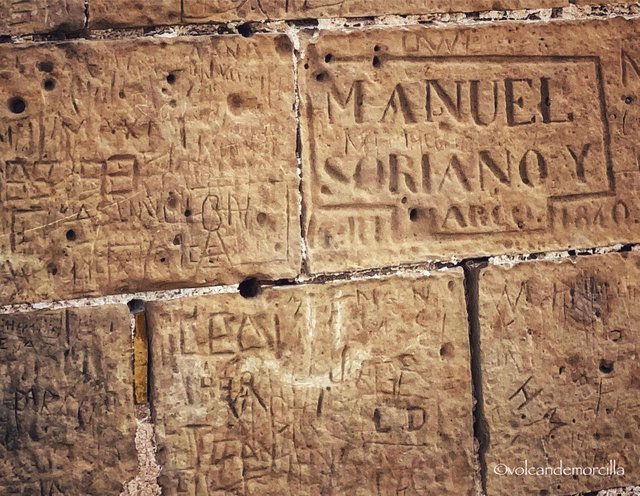
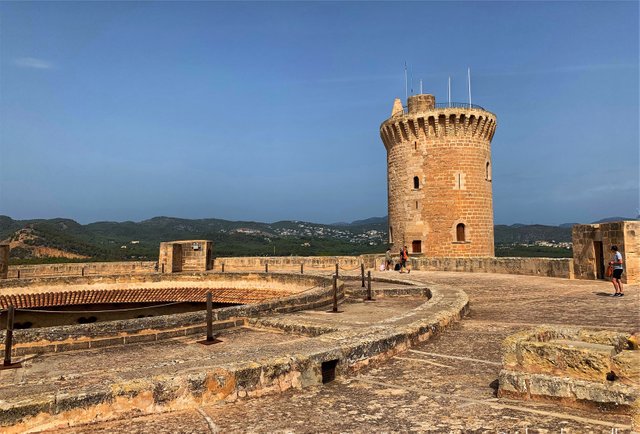
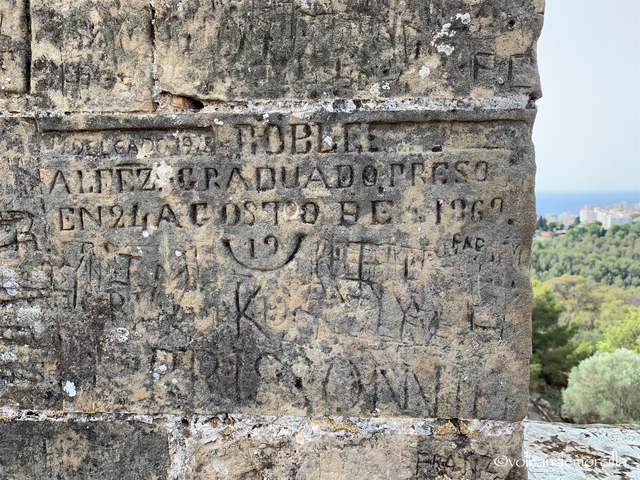
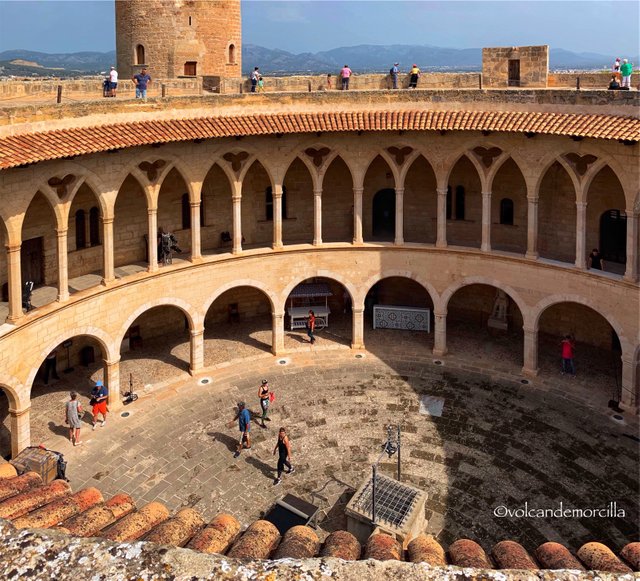
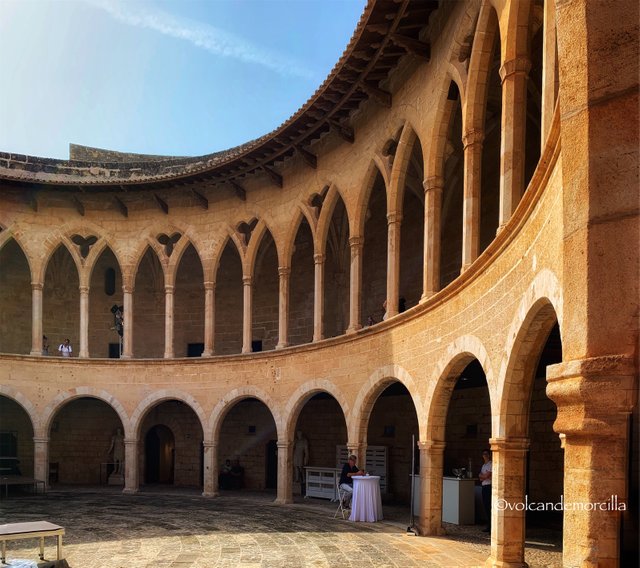

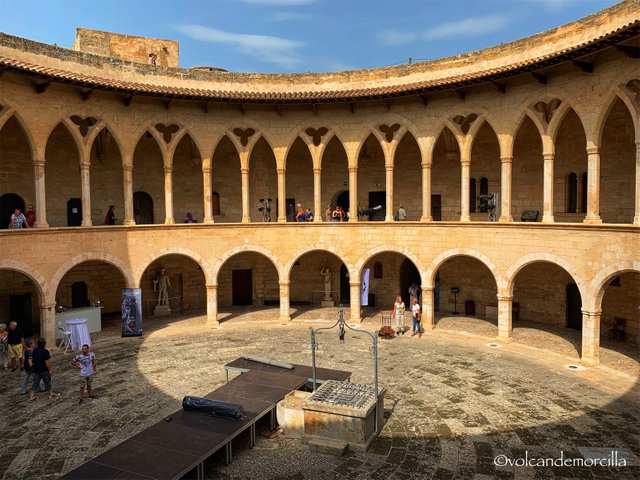
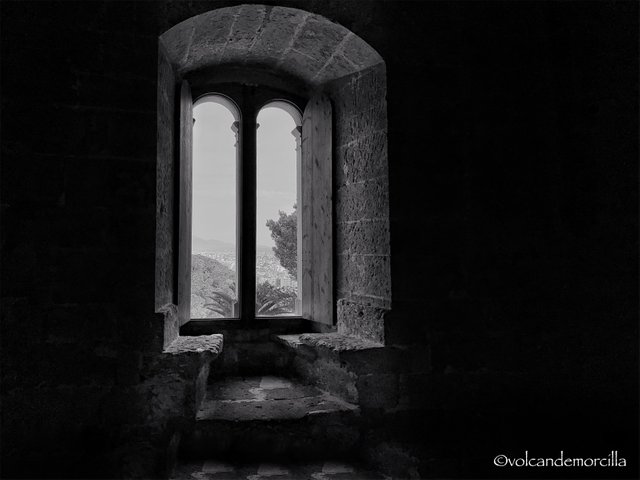
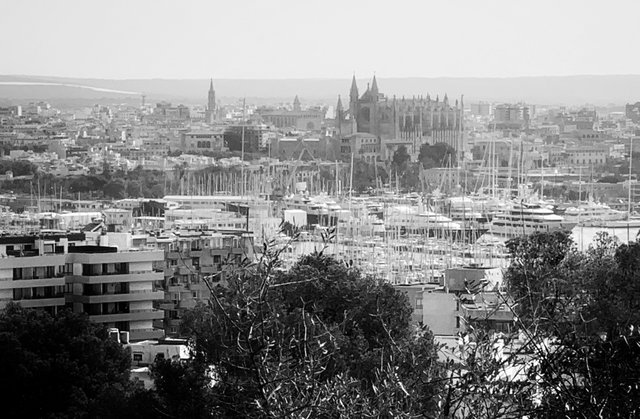
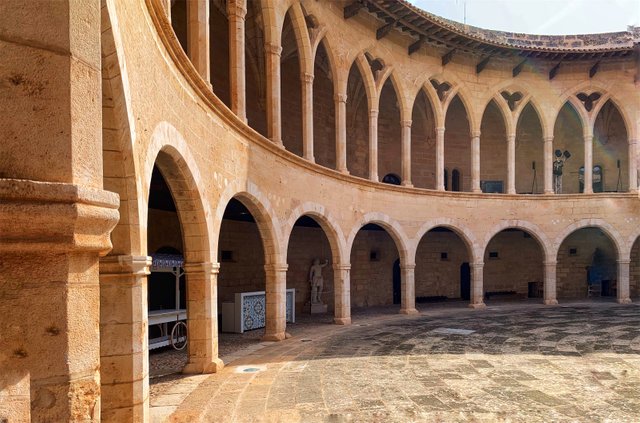
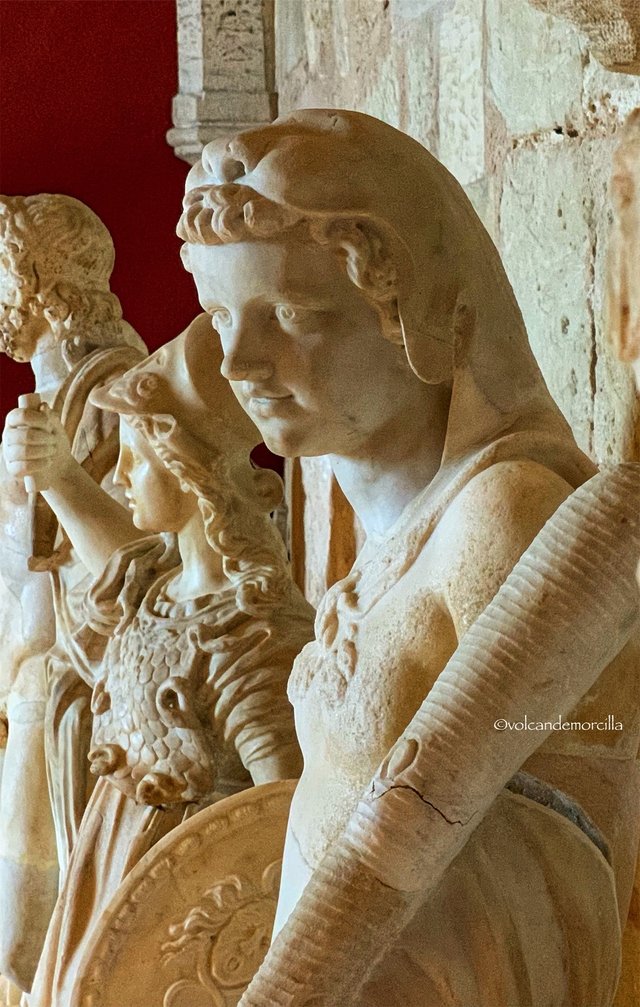
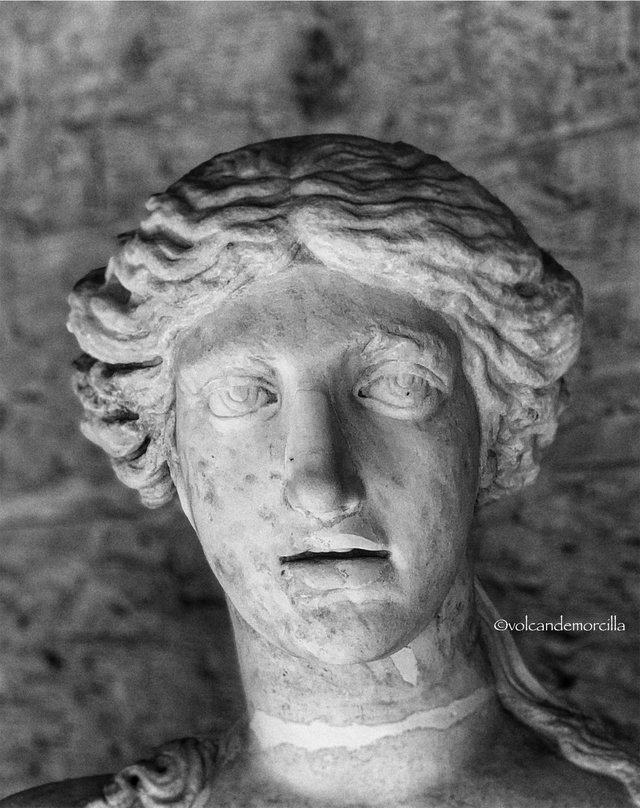
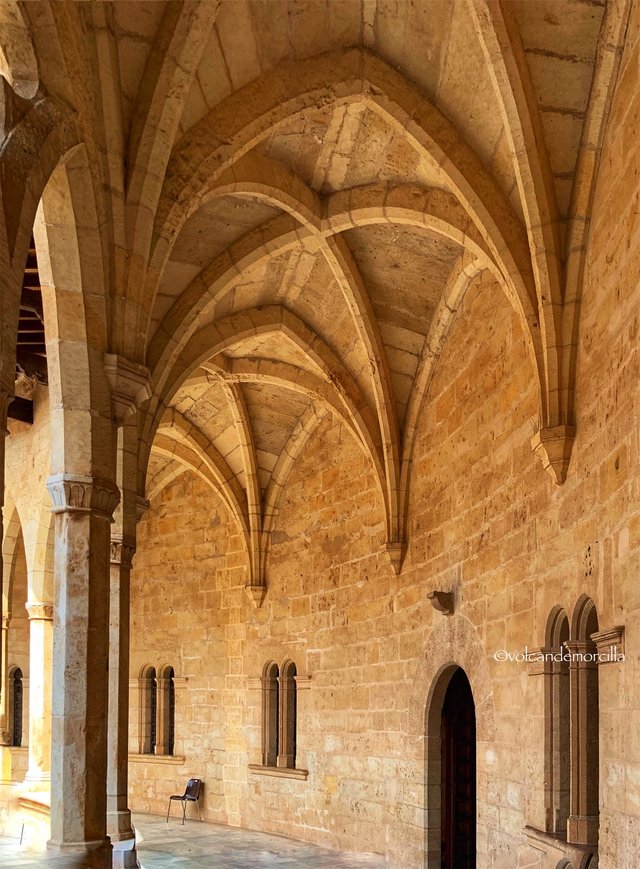
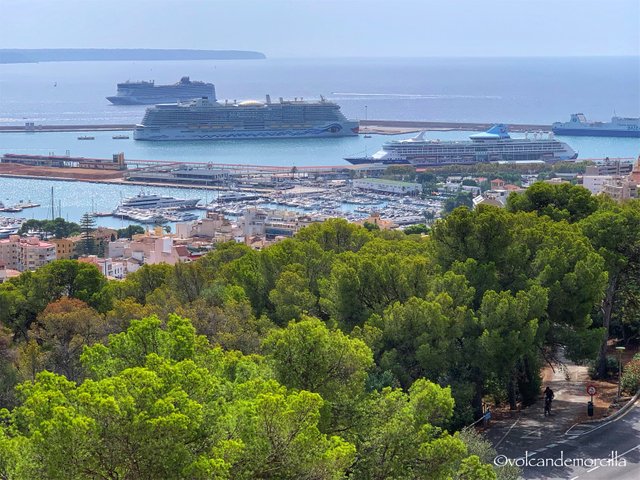
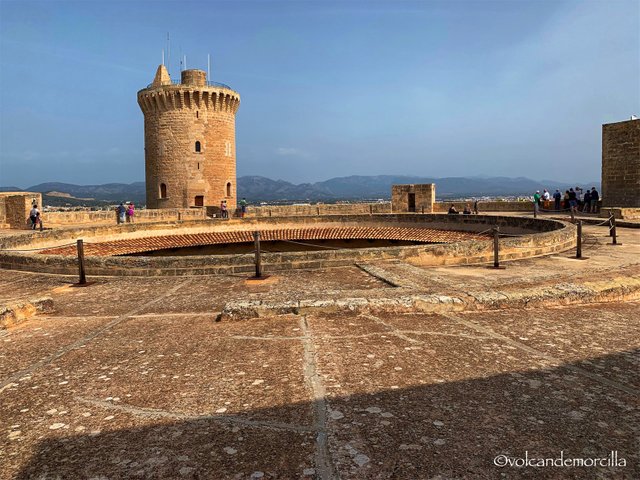
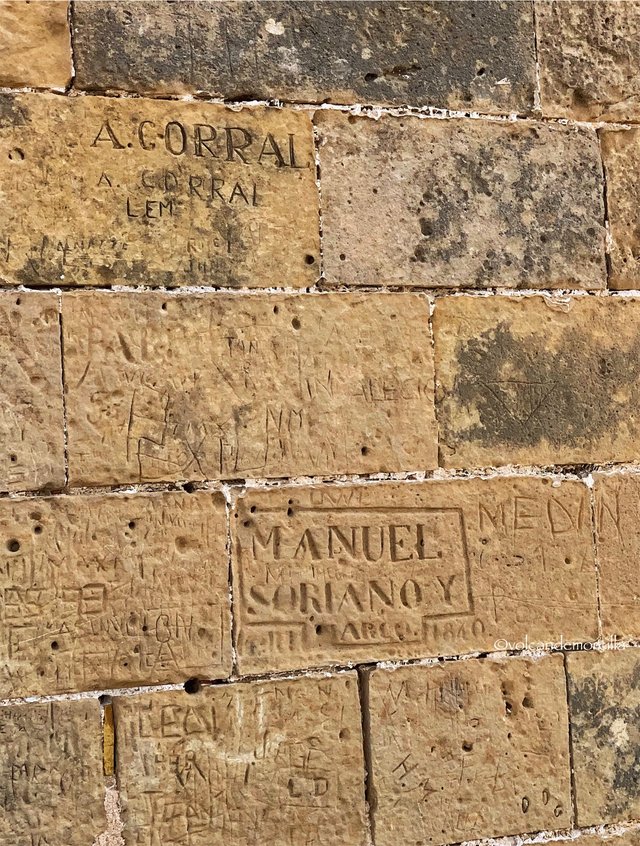
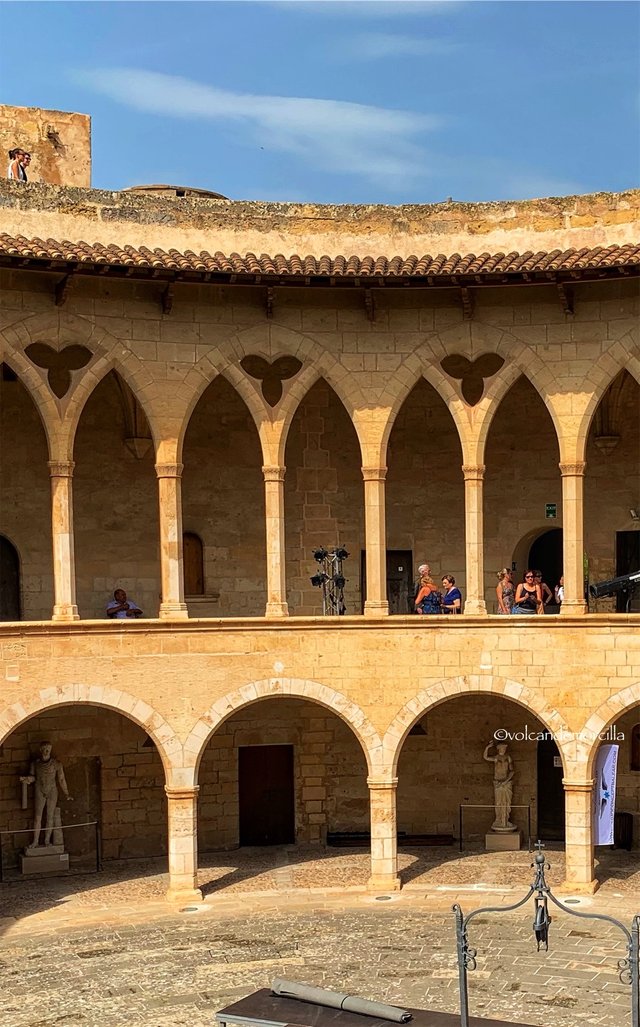
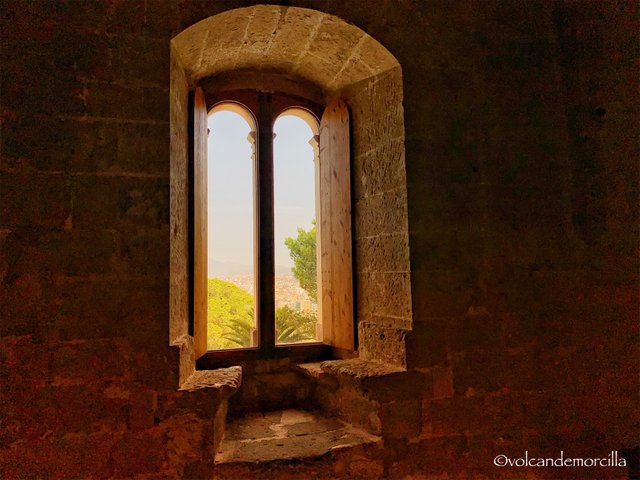
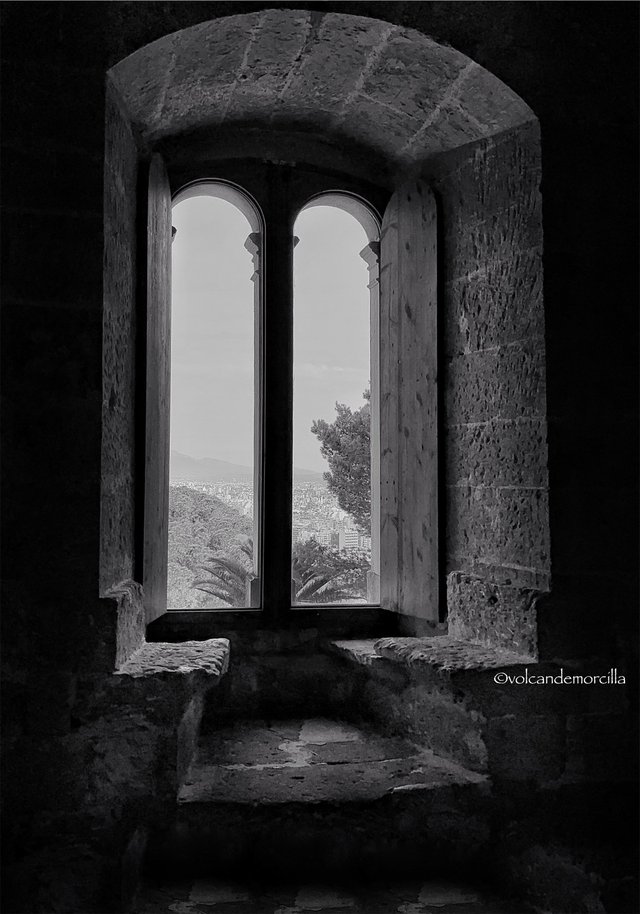


Buenas, Su post ha sido propuesto para ser votado a lo largo del día por el witness @cervantes. Un saludo.
Muchas Gracias amigos 😊
Posted using Partiko iOS
Morcillin y no te encontraste a un dragon por ahi? :D
Jajajaja 🤪
Posted using Partiko iOS
Manually curated by the Qurator Team. Keep up the good work!
Muchas Gracias 😊
Posted using Partiko iOS
Dices que es curioso lo del castillo circular, a mi aparte ese detalle también me parece curioso la cantidad de castillos que hay en España,he visto muchas publicaciones hablando del tema y donde se muestra fotografías interesantes como las tuyas.
Los pasadizo secretos deben ser alto interés para los visitantes je,je,je. Todo se ve hermoso, hasta algunas de las fracturas en la obra se observan llamativas.
Saludos amiga, otro extraordinario trabajo.
Hay muchos castillos en España porque los árabes ocuparon la península 7 siglos. Durante este tiempo, poco a poco hubo una reconquista por parte de los cristianos. Algunos castillos han perdurado, otros se han perdido. Son lugares donde la historia ha quedado retenida en cada esquina, en cada grieta, en cada balcón.
Gracias por tu lectura y comentarios. Los aprecio de corazón. Un abrazo 😊
Posted using Partiko iOS
Hermosa estructura se ve los años de antiguedad
Muchas Gracias 😊
Posted using Partiko iOS
Fue un placer pasar.
Es interesante saber que quedaron vestigios de la historia de la humanidad. Que belleza. Me dejaste sin palabras, la vista desde arriba que da a la bahía.
Excelentes fotografías.
Me imagine encerrada escribiendo mi nombre para que alguien supiera que estuve allí.
Un abrazo amigo.
Hay un triste escrito grabado, que muestro en las fotografías, de un alférez prisionero en esta fortaleza. Qué motivo lo retuvo encarcelado? Un abrazo 🤗
Posted using Partiko iOS
Un lugar digno de ser visitado. Muy completa la información. Saludos.
Muchas Gracias. Celebro que te guste. Un saludo.
Posted using Partiko iOS
Muy hermosas fotografías, has hecho un gran trabajo, gracias por compartirlo :-)
Muchas Gracias 😊
Posted using Partiko iOS
Tiempo sin leerte, que hermoso lugar, fascinante.
Es un castillo único en Europa. Un saludo 😊
Posted using Partiko iOS